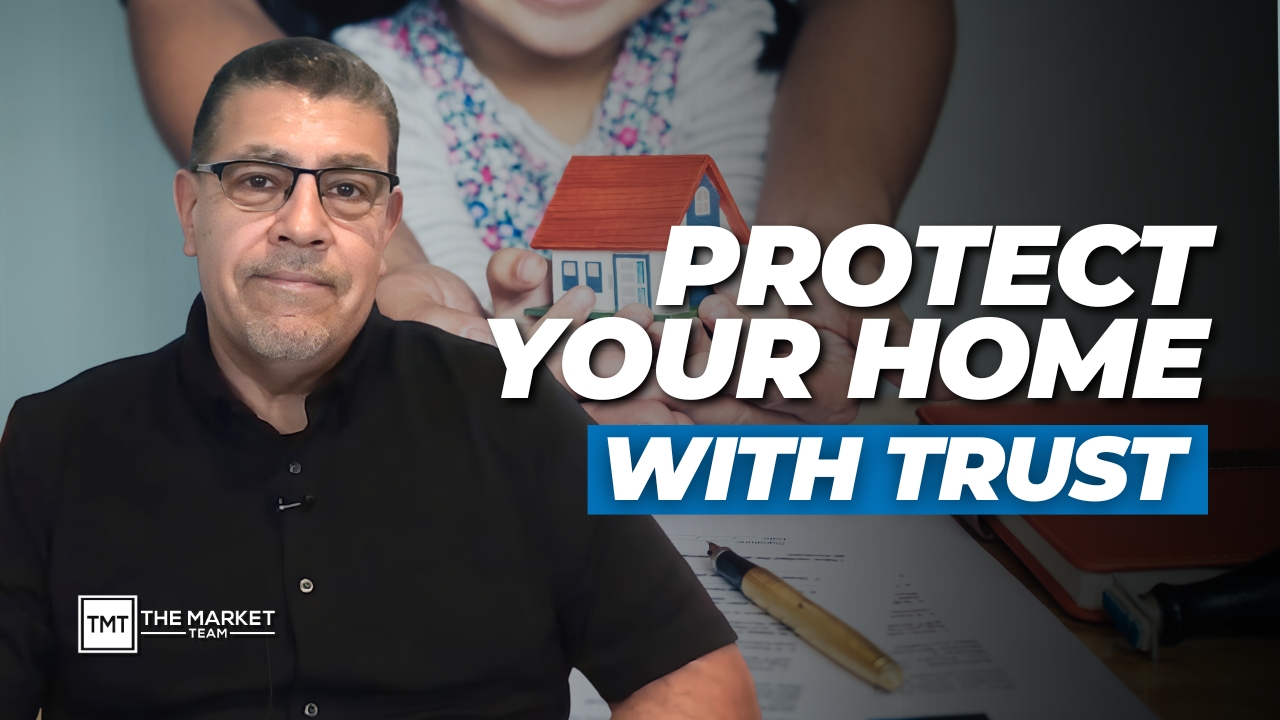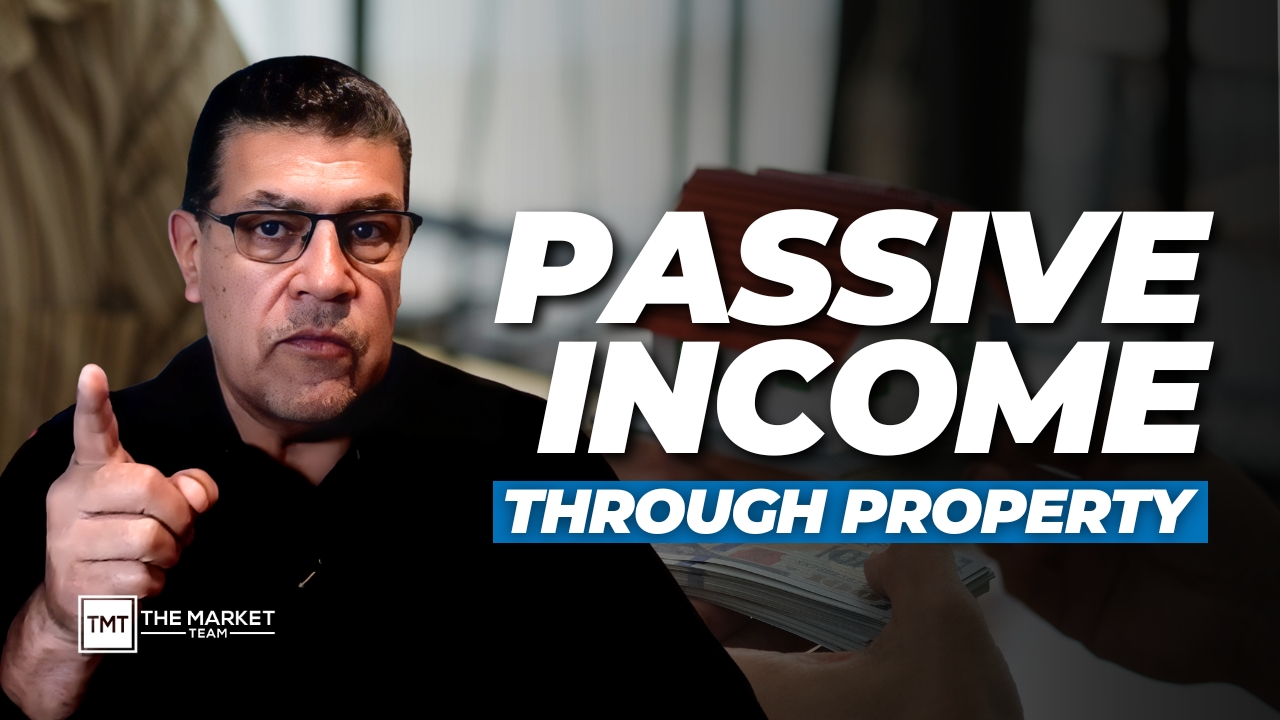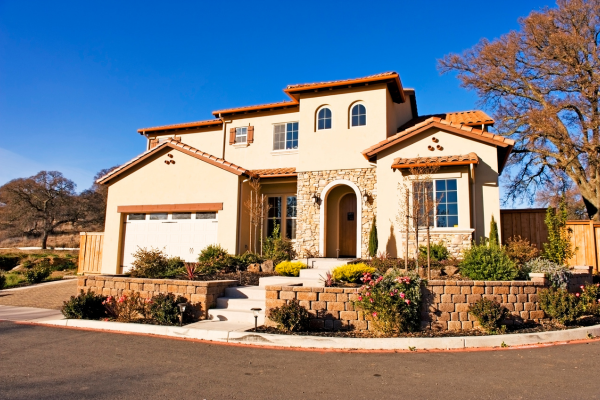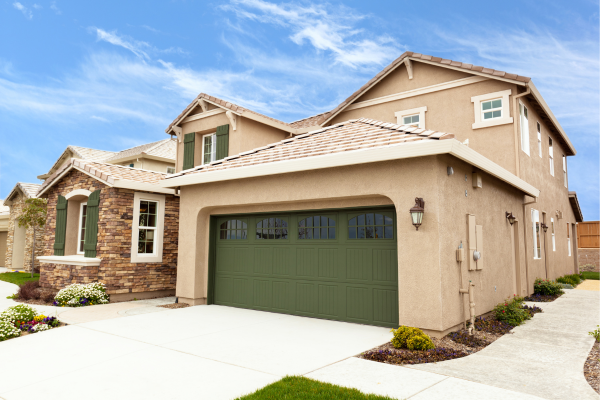Sell Your House Fast. Let me show you how to get 8-12% more than traditional agents on the sale of your property. Get Your Home Price
President Trump recently announced sweeping new tariffs—including a 10% baseline on most imports and a 25% tax on all foreign vehicles. While the move is being hailed as a win for American manufacturing, it could also have major ripple effects on the housing market—and your wallet.
If you’re planning to buy, build, or finance a home, here are three key ways these new trade policies could affect you:
1. Construction costs are likely to rise. About 10% of materials used in U.S. homebuilding are imported—including essentials like drywall, appliances, and, most importantly, lumber. The National Association of Home Builders (NAHB) says that builders are already preparing for increased costs ranging from $7,500 to $10,000 per new home. And while Canada and Mexico—two key suppliers—were exempted from the initial tariff announcement, they’ll soon face a 10% tariff under the “reciprocal” baseline policy.
With the U.S. already facing a housing shortage, this could make it even harder for builders to deliver affordable homes at the price points most needed.
2. Mortgage rates could stay higher for longer. Tariffs often lead to inflation—and inflation is the number one reason the Federal Reserve pauses or reverses interest rate cuts. Despite campaign promises to return mortgage rates to 3%, current 30-year fixed rates have remained above 6.6% for months. If these tariffs drive up consumer prices across the board, the Fed could delay any plans to lower rates, keeping borrowing costs higher well into 2025. So, while many are hoping for relief, new trade policies may end up having the opposite effect.
3. Homebuyers could lose even more buying power. Here’s the catch: if both home prices and mortgage rates stay high, buyers get squeezed on both sides. According to the Tax Foundation, these new tariffs could cost the average U.S. household $1,253 more per year. For anyone already stretching to afford a down payment or monthly mortgage, that’s a significant hit. For some, it could be the difference between qualifying for a home and sitting on the sidelines.
If you’re thinking about making a move—whether it’s buying, building, or refinancing—it’s important to be proactive. These economic shifts can feel abstract, but their impact on your personal finances is very real.
Schedule a 1-on-1 call with us today to review your options, lock in the right timing, and make sure you’re positioned to succeed—before prices or rates change again.
Want to work with us? Here are some ways to get involved.
-
Sign Up Now. Learn how to sell your home at our in-person Home Selling Seller Seminar. Free Home Selling Seller Seminar
-
Subscribe now to get our latest insights and tips to sell or buy a house. Video e-Newsletter







